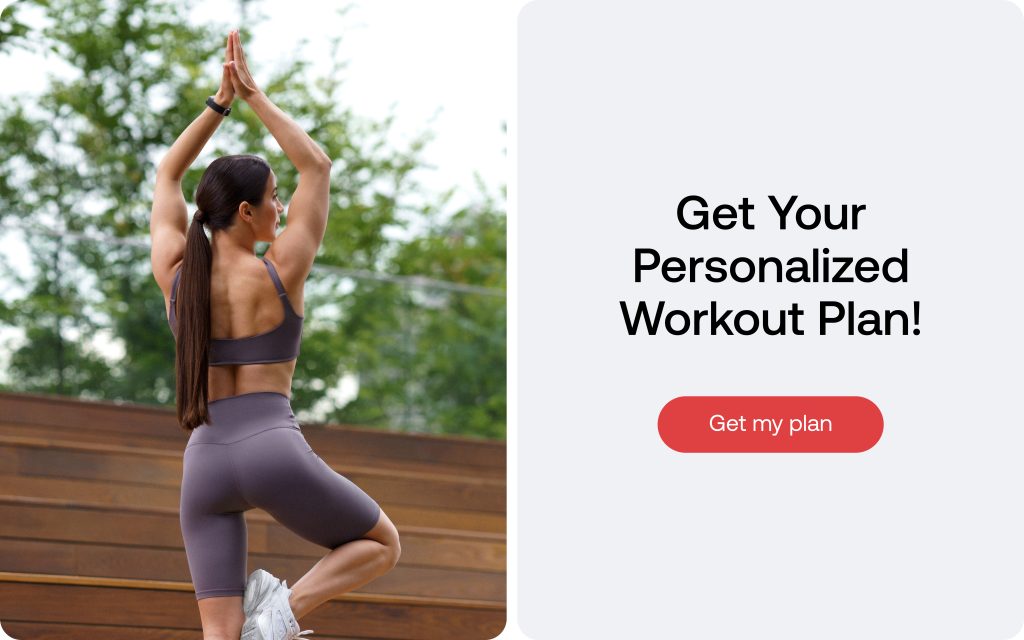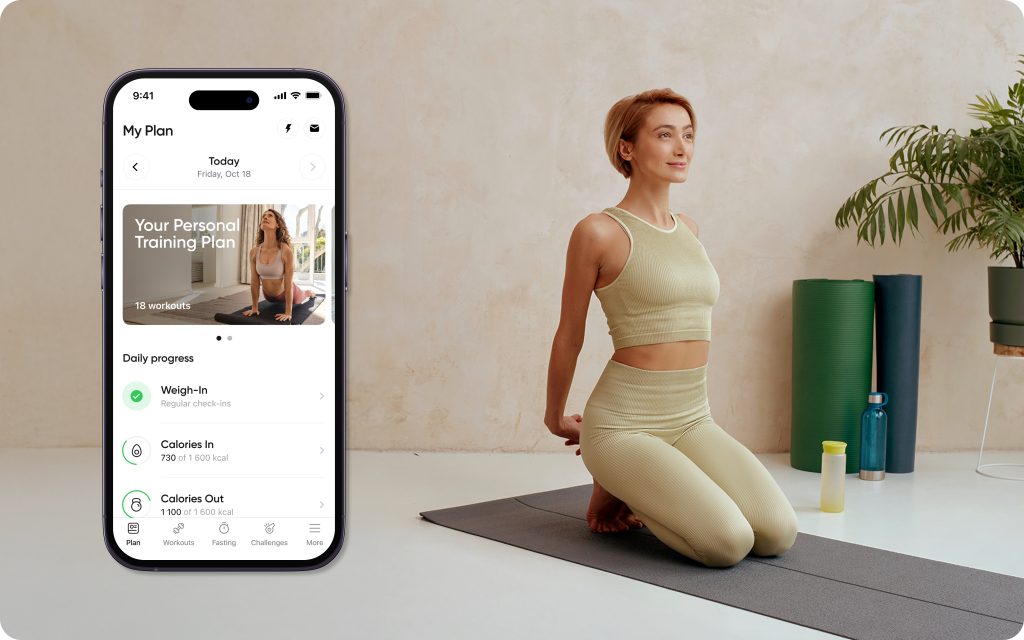Back pain can be incredibly debilitating, so it’s no wonder so many people are searching for the best ways to get relief. Although there are numerous methods, remedies, and other options, not all of them are equally effective.
If you’re experiencing back pain, it’s important to consult your doctor first to confirm that any exercises you plan to try are safe and appropriate for your specific needs and condition.
One of the best things you can do for back pain relief is to exercise regularly (1). This helps for a variety of reasons, including the fact that it improves strength in the back, core, and other muscle groups of the trunk, which helps with stabilization while lifting, carrying, and performing other daily tasks that often increase back pain symptoms. In addition, exercise may help improve flexibility and reduce muscle stiffness, both of which improve functional abilities and reduce the risk of muscle strain and discomfort. Just as importantly, exercise supports blood flow, corrects imbalances, and helps with postural control, all of which help you go about your day with less pain.
There are several back muscle pain relief exercises that can be helpful, but some are better than others. These easy back workouts from BetterMe provide an effective program that may improve your flexibility and relieve back discomfort.
9 minutes of gentle stretching is all you need to achieve better mobility and soothe stiffness. The best part about it is that you don’t need any equipment – simply follow the prompts in the video and you’re good to go!
Reasons why BetterMe is a safe bet: a wide range of calorie-blasting workouts, finger-licking recipes, 24/7 support, challenges that’ll keep you on your best game, and that just scratches the surface! Start using our app and watch the magic happen.
What Causes Back Pain?
There are many different things that can be responsible for your back pain. Some of the most common causes include:
- Sitting or standing for too long in one position
- Regularly wearing high heels
- Lifting heavy objects with incorrect form
- Prolonged stress
- Osteoarthritis and other degenerative changes
Good exercises for back pain relief can combat these causes by improving mobility, strength, and postural control and awareness.
Yoga exercises for lower-back pain relief can help improve your flexibility and reduce stress. Some lower-back stretches can even help relieve pain by massaging the muscles in your back (2).
Read more: Lower Back Weight Exercises for a Stronger Spine
How to Do Back Exercises Correctly And Safely
Doing back pain relief exercises at home is a great way to get started on the road to recovery. Not only are they convenient, they’re also affordable and easy to do. Here are some general tips that can help you get started:
- Start slowly and gradually increase the intensity as you become more comfortable.
- Don’t forget to warm up before you start any exercise routine, as it’s vital for your muscles and prepares your body for physical activity.
- Focus on exercises that work the core muscles in your back and abdomen.
- Focus on good form to prevent injury.
- Listen to your body and stop if you feel any pain.
Working with a physical therapist or personal trainer can also be helpful, as they can give you specific exercises to target your needs. It’s not always easy or affordable to work with a professional, but following a back workout video or online tutorial from a reputable source can be a great alternative if you’re generally healthy, your back pain is mild and localized, and you don’t have other underlying conditions that may warrant closer supervision.
The Bottom Line
Some of the most common causes of back pain include sitting for too long in one position, wearing high heels, lifting heavy objects, and stress. Suitable exercises for back pain relief can help you combat these causes by strengthening the muscles in your back and improving your postural awareness.
DISCLAIMER:
This article is intended for general informational purposes only and does not serve to address individual circumstances. It is not a substitute for professional advice or help and should not be relied on for making any kind of decision-making. Any action taken as a direct or indirect result of the information in this article is entirely at your own risk and is your sole responsibility.
BetterMe, its content staff, and its medical advisors accept no responsibility for inaccuracies, errors, misstatements, inconsistencies, or omissions and specifically disclaim any liability, loss or risk, personal, professional or otherwise, which may be incurred as a consequence, directly or indirectly, of the use and/or application of any content.
You should always seek the advice of your physician or other qualified health provider with any questions you may have regarding a medical condition or your specific situation. Never disregard professional medical advice or delay seeking it because of BetterMe content. If you suspect or think you may have a medical emergency, call your doctor.
SOURCES:
- Can exercise prevent recurrent low back pain? (2010, nih.gov)
- Yoga May Help Treat Back Pain (2017, nih.gov)









